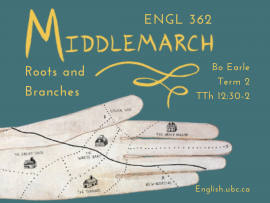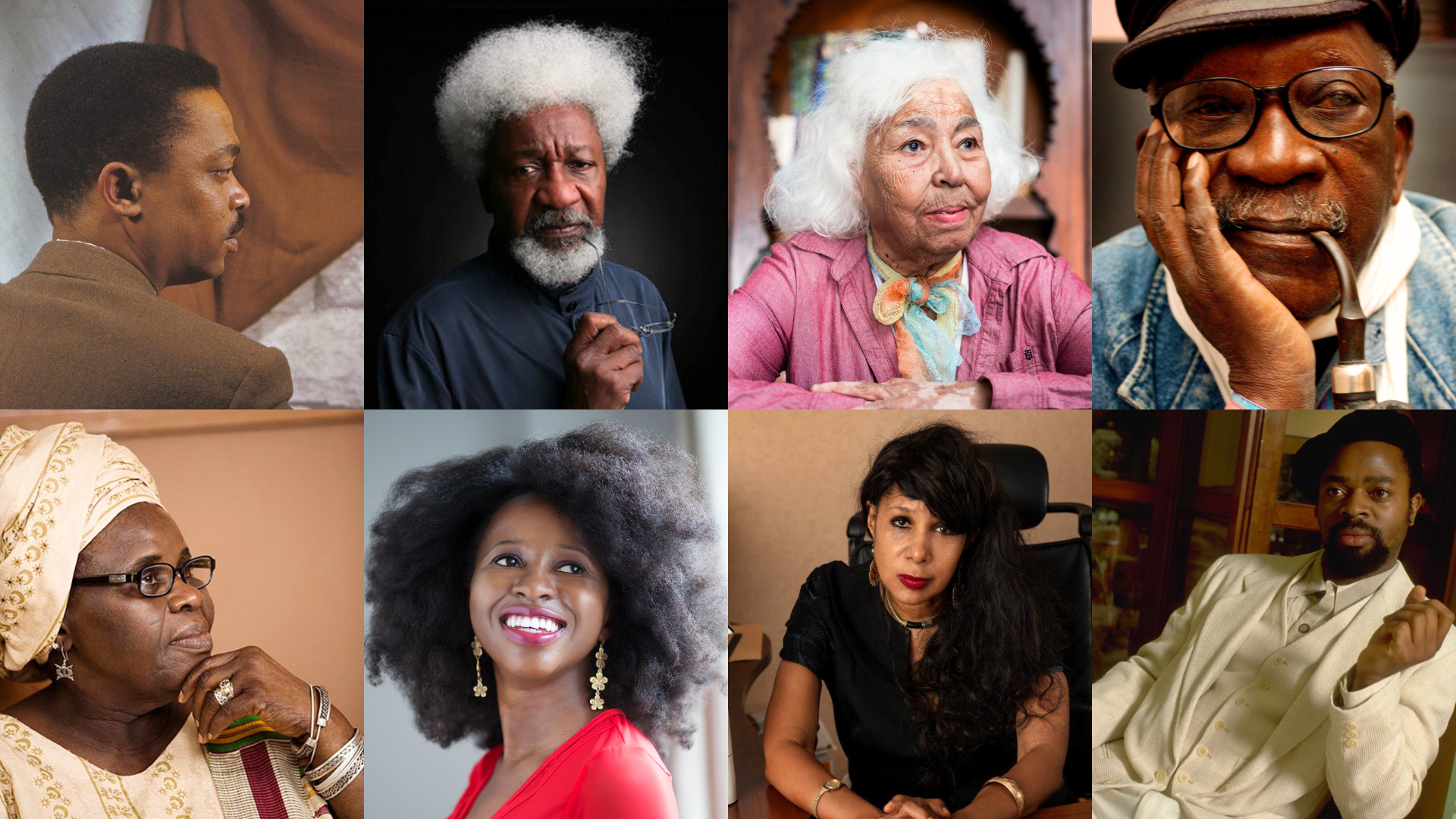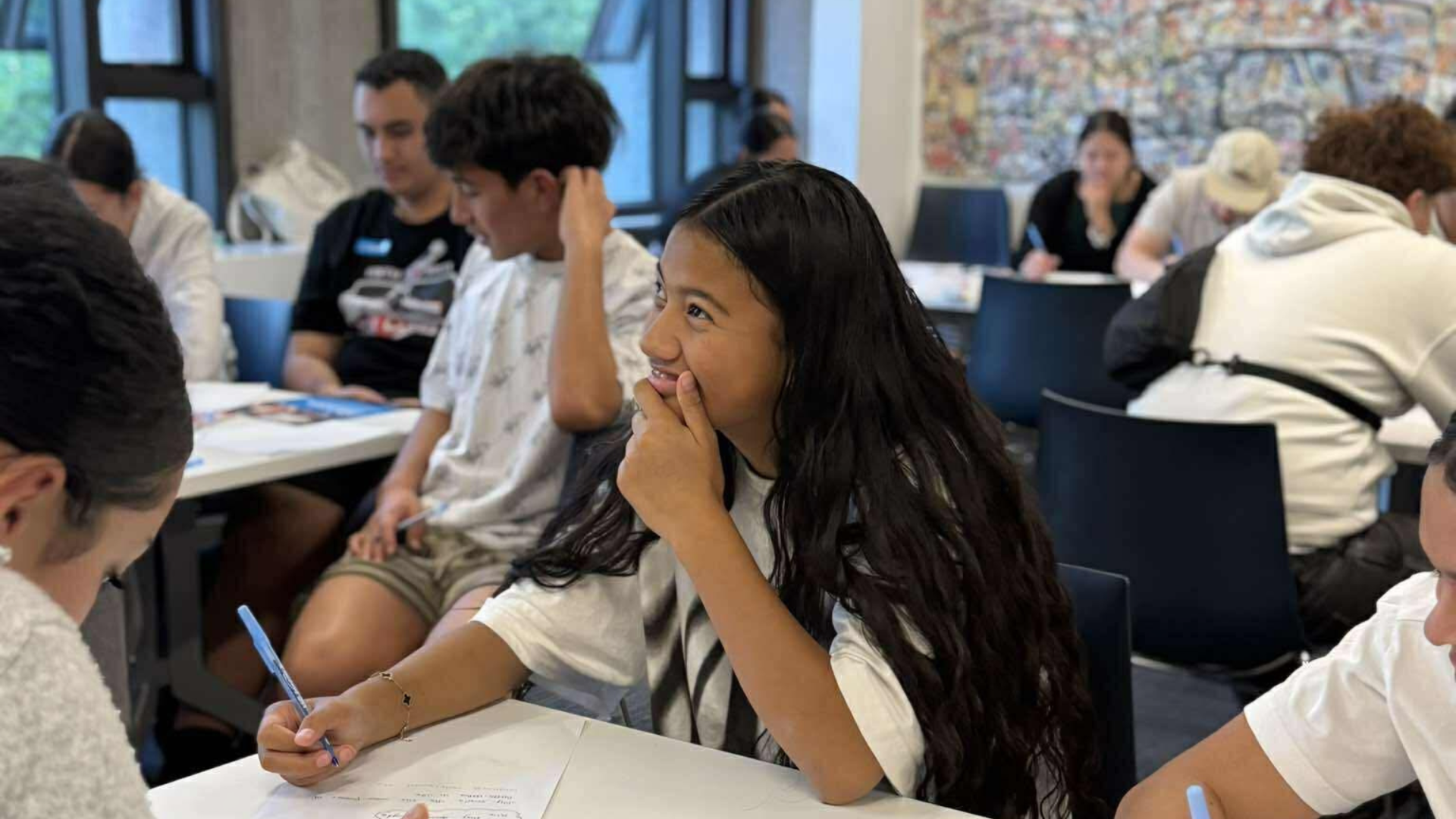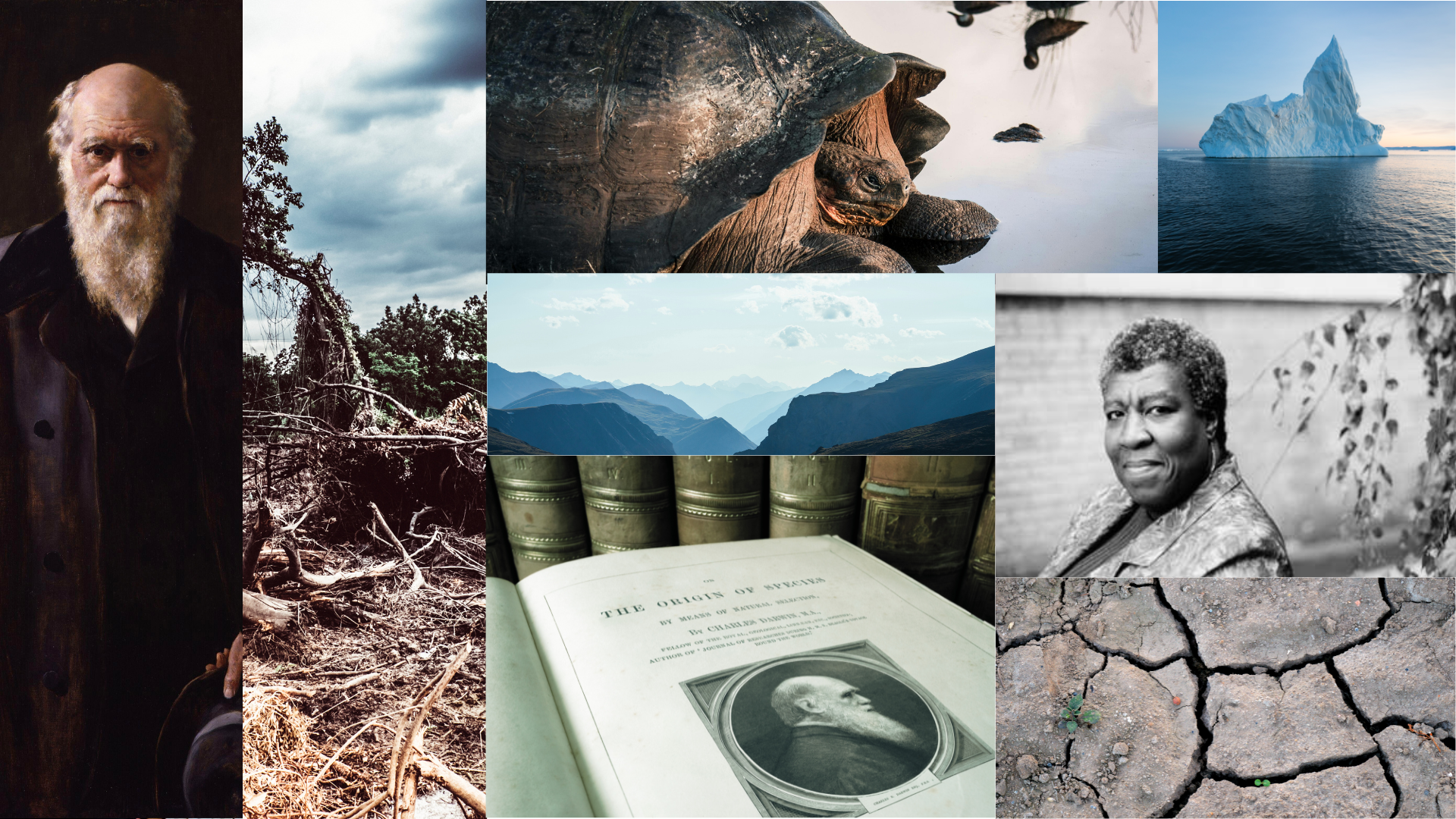

Victorian Period Literature
Bo Earle
Term 2
TTh, 12:30 PM – 2:00 PM
“Middlemarch – Roots and Branches”
‘George Eliot”, the pseudonym of Mary Anne Evans, wrote the preeminent Victorian novel, the greatest novel of the novel’s greatest era. But Middlemarch is praised more than it is read, and is actually a remarkably unusual book in many ways. Longer than War and Peace, Middlemarch’s page count is second to only one other novel, Proust’s In Search of Lost Time. Trollope called Middlemarch the first “psychologically realistic” novel, and Virginia Woolf, less technically but more precisely, said it was “the first novel for grown-up people.” Both novelists read Middlemarch as uniquely ‘graduating’ beyond prior novels’ naïve scope, anachronistically aristocratic scenarios and fairy-tale happy-endings. Middlemarch gives literary attention to a new, distinctly ‘modern’ experience of frustration and disappointment occasioned by impersonal forces of history and economic, political and cultural circumstances (and even, increasingly, random chance). Yet Middlemarch calls itself a “home epic” because it grants Homeric attention to the routine tragedy of modern, mediocre, domestic life, and invites readers to view their own lives likewise. We will consider how Middlemarch depicts lives caught in the middle of emergent, modern forms of art, science, communication, transportation, and social, political, economic and sexual relations. We will explore Middlemarch as a singular artwork that is also representative of several key points of transition from Romanticism to Modernism in poetry, fiction, philosophy, painting, film, and new media.


